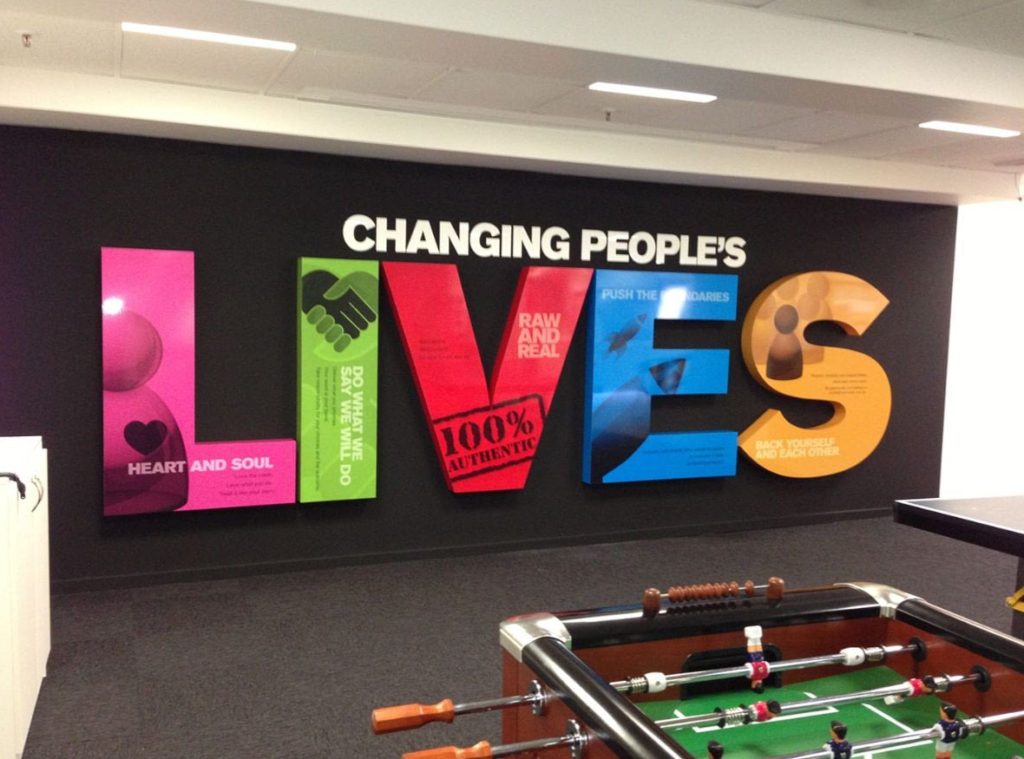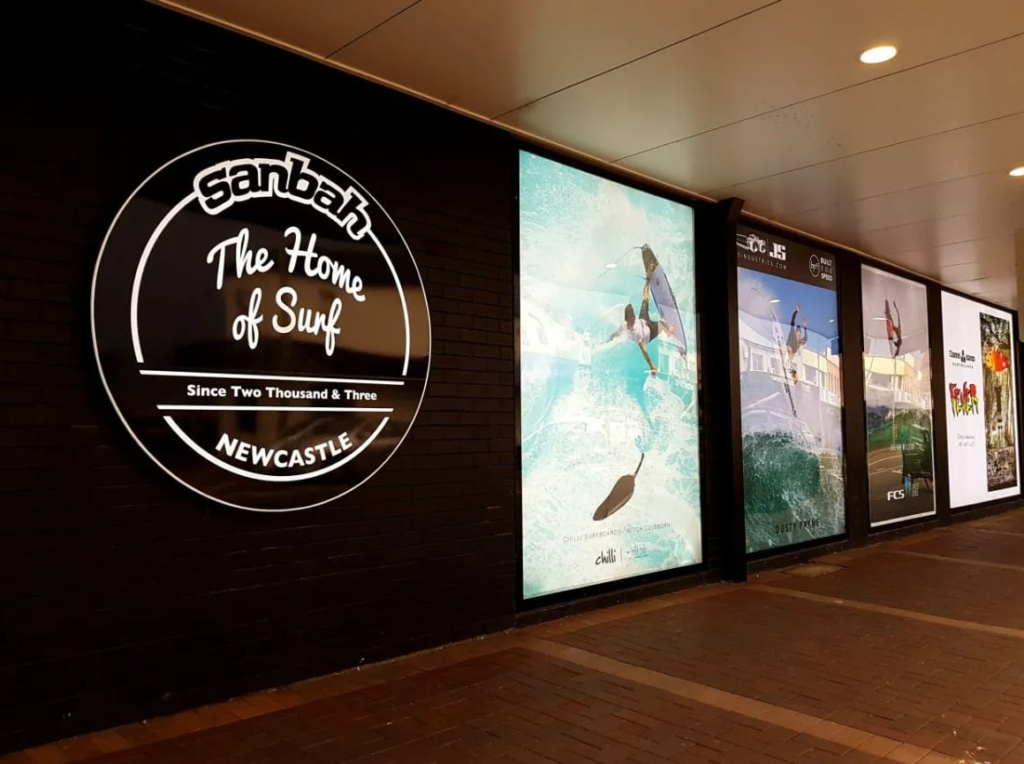An advertising sign is a basis for doing business or simply informing a client. In Australia, there are a number of restrictions applied to advertising signage, but the variety of formats blurs the line between advertising itself and a sign.
What is the advertising signage?

The concept of signage is considered in 2 planes. In marketing, it is designated as an advertising medium located on the facade of a building (in the immediate vicinity of the advertising object) and performing an image (information) function. Signage is a subspecies of outdoor advertising.
From the point of view of legislation, the sign is considered as an element of the design of the facade of the building, containing information about the legal name, mode of operation, and the type of activity of the company. This signage format does not require special permission and approval from the local administration. Such a sign looks like an ordinary information plate or box (shaped). Their size, content, style, and place of installation are fixed by law. Any mention of the brand requires approval from the authorities, as does the installation of artistic signage.
What is the difference between outdoor advertising and signage Outdoor advertising is created for the purpose of promoting goods and has a pronounced advertising function? In any case, it is agreed with the authorized persons. The sign can be both advertising and informative, which affects the order of approval. Upon detection of illegally installed advertising signs, the company will pay a fine.
What is the difference between an advertising sign and an informational A sign with an advertising context is recognized as such if: contains a legal address (not a location); has an unusual structural shape or large dimensions; installed on the roof or outside the area occupied in the building; contains advantages (brand, trademark); informs about promotions or discounts; gives a phone number, other contacts; installed outside the territory of the enterprise.

Such signs are recognized by the court as advertising, require the development of a design project and coordination with the administration. An information sign is considered to be media that: Contain the actual address, the legal name of the enterprise, the mode of operation. Indicate the type of activity or the assortment sold (without prices). Installed directly on the facade, above the entrance, showcase.
This also includes mobile signs. They do not contain advertising texts, only reference and information data typical for the business turnover of the field of activity. Subject to the rules of 38-FZ, local legislative acts on the improvement of the territory, and the law on the protection of consumer rights, information signs cannot be recognized as advertising.
Creeping line – advertising or signboard?
A running line without advertising information, located on the facade, is an information sign. For example, a grocery store located in a not crowded alley may display a listing on the board: tea, coffee, sugar, flour, etc.
Is the sign with the name of the store an advertisement?
It is also allowed to indicate the profile of the organization – a cafe, restaurant, store, entertainment center, etc. Any mention of a trademark, brand in the name, as well as slogans, calls to purchase are not allowed without advertising approval. There are subtleties that are associated with the associative perception of the name. The corporate emblem (sign) on the sign is considered an advertisement. Any other information associatively acting on the consumer is considered advertising. This mainly applies to large well-known brand chains and stores, for example, the Adidas store.
Types and differences of advertising signs
By appointment Signboards for shops (salons, cafes)

Installed at the end of the room. This is a kind of reference point for the buyer. They inform the client, encourage him to familiarize himself with the assortment. They form the first impression of the company and distinguish it from competitors. Office signage They are placed above the entrance, on the very walls of the building. They attract attention, serve as a guide to the consumer, contain the name of the type of activity (for large offices – the name). Image tool.
Interior signs Ordered by large offices and holdings to be installed inside the building itself. They serve as an image tool not only for visitors, but also for the employees themselves.
Facade signs They are mounted next to the front door in the line of sight. They carry introductory or reference information. Build customer loyalty. They may contain legal information, opening hours, contacts, and other useful information. In some cases, three-dimensional signs are used, the shape of which is associated with the activity of the subject (scissors and a comb in the case of a hairdresser). Facade signs are in demand both in public institutions and in private ones.
